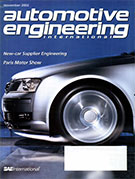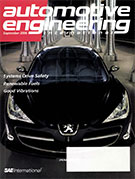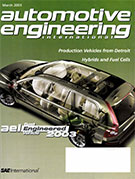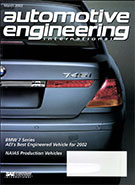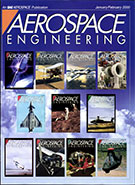Magazine

SAE Truck & Off-Highway Engineering: December 2020
2020-12-03
Battery of issues surrounds large-vehicle electrification Converting heavy-duty vehicles to battery power will require advances in weight reduction and thermal management. Autonomy kicks up some dust Machines that move, haul and plow earth can capitalize on autonomous systems today via increased safety and productivity in the field and significant cost savings. Digitalizing to deliver actionable data Mobile hydraulics expert details key trends in controls and IoT connectivity to improve machine design and end-user operations.



